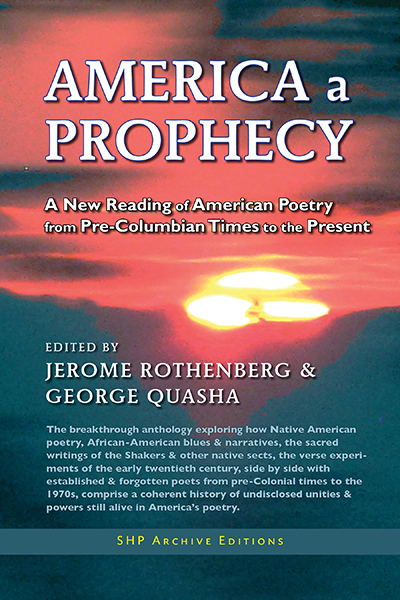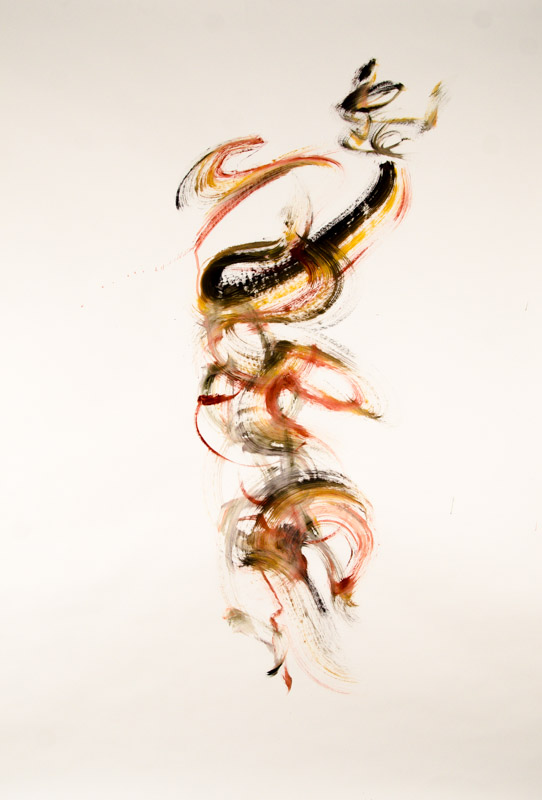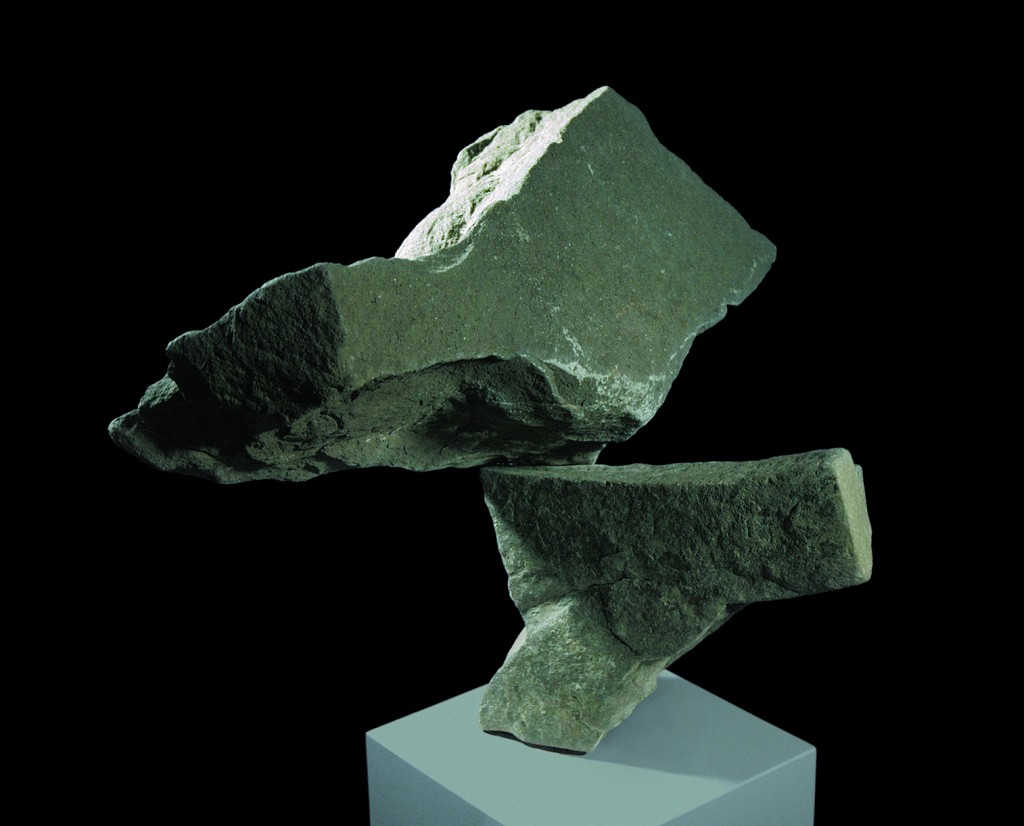I want to end this April excursion in the blogosphere with a few brief notes. The purpose has been to sketch out areas for further inquiry while honoring works that over the years have helped bring a new focus. The function of criticism, in my view, is not to establish a reigning judgment but to contribute to the further life of the work.
The video above, Enearthing Sounds on Tornado Island, is a 2013 performance by Charles Stein and me in the Subterranean Poetry Festival in the Widow Jane Mine in Rosendale, New York. Extending the “sound poetry” we made together for many years—an example was the Gary Hill video Figuring Ground (1985/2008) in my blog Seeing from Between: Toward a Poetics of Interloping —we now name it variously axial music and glossodelia. As axial music it sometimes happens with other musicians, such as David Arner and John Beaulieu—like Axial Music for Beach Box, a performance that includes video and live axial drawing (example below). And as glossodelia it includes both what the two of us do with language and sound and the expanded performance we do with Gary Hill and a broader use of electronics. In my mind it’s all poetry.
That makes poetry the domain of non-ordinary saying by any means possible. When Charles Stein and I have been face to face as in the wordless crazy sounds of Figuring Ground, we’re talking as we otherwise never talk. Listening to it now nearly three decades later, I still feel what we were saying, wordlessly. It reminds me of first hearing humpback whale songs in my mid-20s and feeling that I was somehow “getting it” if not understanding. It made me want to create a field called delphopoetics for my poetry magazine Stony Brook; instead I asked Jerome Rothenberg to create a poetics with “ethno” (like ethnomusicology) for the magazine, and of course that became ethnopoetics (1968), which he carried into new explorations in language and poetics in anthologies—Technicians of the Sacred, Shaking the Pumpkin, etc.—and (with Dennis Tedlock) the journal Alcheringa. It was about finding new ways to embody non-Western poetics, which included many dimensions of language at the margins of the human. Ethology and the study of non-human intelligence and communication has come a long way in recent decades, in light of which Michael McClure’s animal sound poems, Rothenberg’s “Horse Songs,” and the like seem prescient, as of course do related events in Dada as well as Surrealism. Current renewed interest (including academic, therapeutic, aesthetic) in the psychedelic discoveries 1950-70s (e.g., Huxley’s The Doors of Perception, John Lilly’s journey from studying dolphins to LSD, the Carlos Castaneda Don Juan books, the Allen Ginsberg/Williams Burroughs yage experience, Gary Snyder’s connection between American exploration of indigenous “medicines” and Zen, Terrence McKenna’s journey to the Amazon, etc.) have recently entered a new period of serious study with implications for poetics in the light of cross-cultural consciousness studies. I would point to an extraordinary new kind of language-centered study crossing poetic/literary method with biology, physics, ecology, and plant-medicine anthropology in Richard Doyle’s Darwin’s Pharmacy: Sex, Plants, and the Evolution of the Noösphere (2011).

Rothenberg and I spent a year editing the anthology America a Prophecy: A New Reading of American Poetry from Pre-Columbian Times to the Present (Random House, 1973; Station Hill, 2013). We were riding many waves of poetic force, so to speak, in rethinking American poetry as transformative, the origin of which may be Whitman’s conviction that Leaves of Grass was a language experiment. That approach to poetry has never gone silent. The implication, in part, is that the journey of new poetics is not the establishment of a correct or dominant view of the role of poetry. From the self-exploring mind’s perspective—whether scholarly or psychonautic—warring dogmas (including poetry wars) waste time and energy. I find Blake’s view useful in clearing the mind of polemic: “Any thing possible to be believed is an image of the truth.” Images are not to die for. Which does not mean that we won’t find points of agreement such as the need to counter global capitalism, environmental abuse, human trafficking, violation of women, NSA spying, et alia.
In root poetics there’s an ethical concern that resonates with ontological anarchism: non-coercion. If I had to name one sin it would be coercion: our tendency to control what others do and think. That violence to free being extends to poetry and poetics, and the insidious depth of the problem calls for constant vigilance. My purpose in suggesting notions like metapoetics (see Open Poetry, 1973) or emphasizing my own work with an axial principle is first of all to align with a path of non-coercive practice. I’ll let that stand for my political statement of the day.

This axial drawing in 7 colors of acrylic paint is performed with two hands holding multiple brushes. It's the visual equivalent of axial music and axial stone sculpture (Axial Stones: An Art of Precarious Balance, North Atlantic Books) in that it works with the same principle: spontaneous composition around a felt but hidden bodymind axis (related to the core principle of t'ai chi). It's also the principle at work in what I call preverbs, which is my main work in poetry these past 15 years, and of the 8 completed volumes, one has been published so far as Verbal Paradise (preverbs) (Zasterle, 2011) and two shorter volumes (Between Editions).
At the heart of the axial principle is the idea of zero point, of returning to an empty space in which whatever is happening can regenerate freshly and as far as possible without preconception. One inevitably conceptualizes the axial and can only think about it by using concepts (mental conveniences, as Aristotle said) but the principle is not itself at root a concept. It's something that never happens twice the same way because it's intrinsically variable. One can get better at aligning with it, but the control is in the process and requires a release, a certain surrender.
I've been interested in how this principle maps onto Peter Lamborn Wilson's notion of "chaos linguistics," which can be studied online in his Aimless Wandering : Chuang Tzu's Chaos Linguistics and in T.A.Z. Discussing the principle quickly gets into paradoxes and aporias yet thinking deeply about the implications can be very powerful. One enters into a sort of conscious liminality in which contraries are in continuous oscillation in maintaining a certain precarious balance and exploits, rather than resists, the impossibility of final resolution of the "warring" dynamic. Inside language the process is especially challenging. What's interesting to me is that working simultaneously in very different mediums reveals how a principle can never be limited to a single concept or system. Yet in any one of them, revealed in its moment, one senses its liberating power. Here's an image written, as it were, in stone, and barely a touch away from falling apart:

Poet, writer, musician, and artist George Quasha was born in White Plains, New York, and grew up in ...
Read Full Biography

